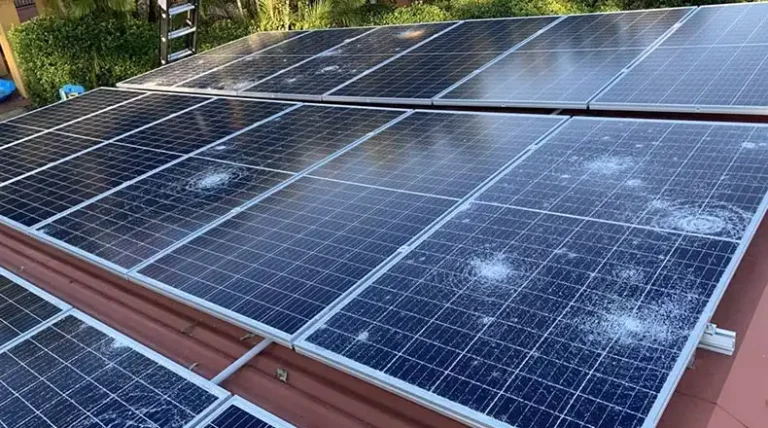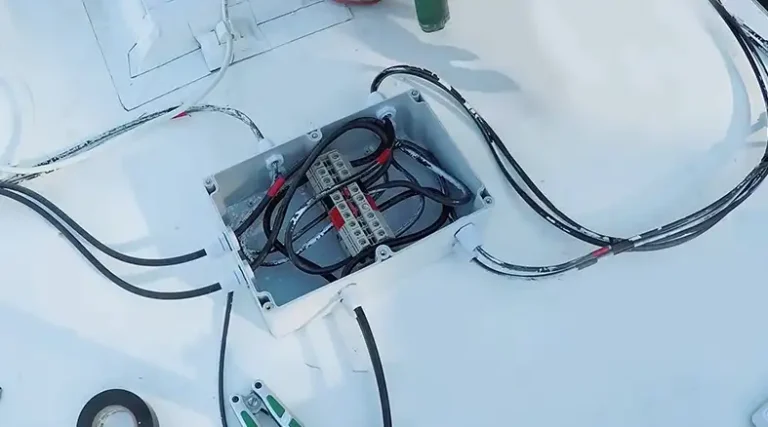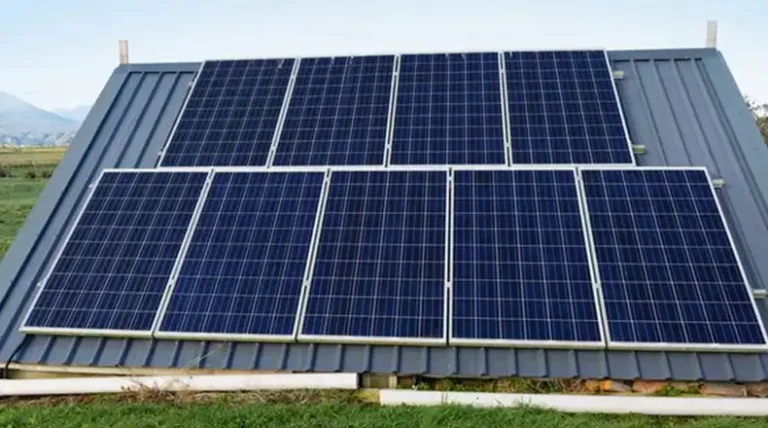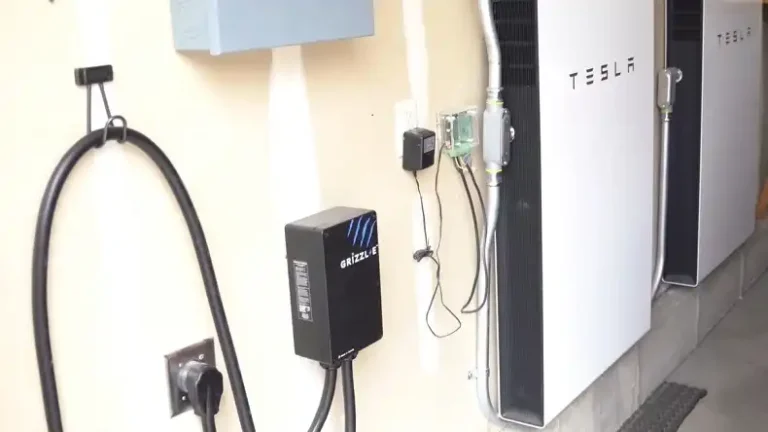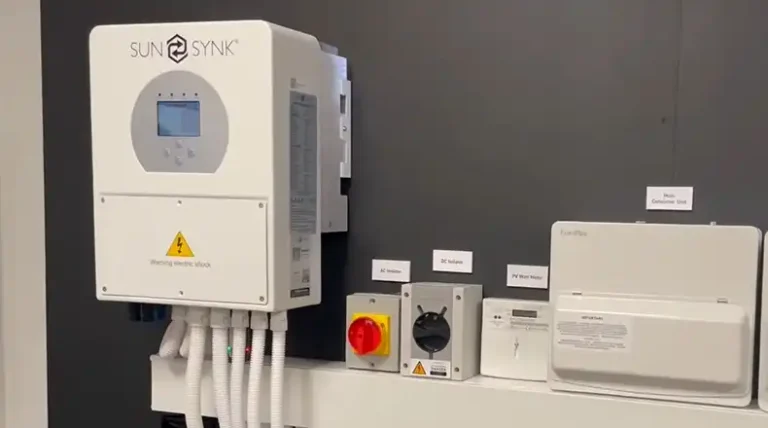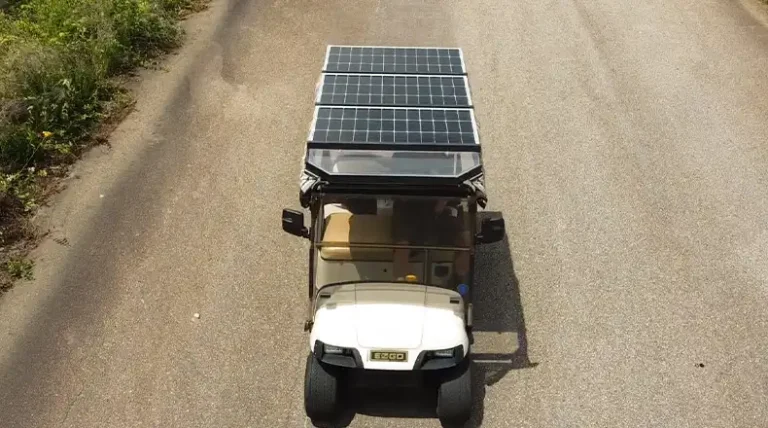How to Connect a 30A RV Plug to Any Solar Generator?
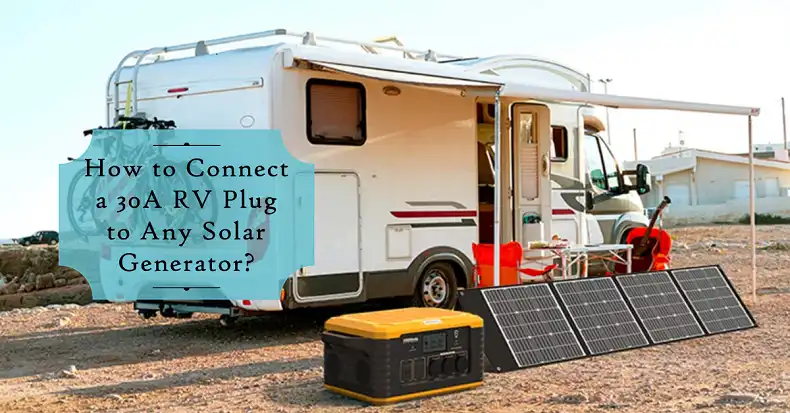
When it comes to RV camping, power is a precious commodity. For years, RV enthusiasts have relied on traditional gas generators for their power needs. However, in recent years, solar generators have emerged as an efficient and green alternative.
But how exactly do you connect your 30A RV plug to these versatile power stations? In this article, we’ll walk you through the process, ensuring you can power your home-on-wheels with solar energy, no matter where your adventures take you.
How RV Electrical Systems and Solar Generators Work
Before diving into the connection process, it’s crucial to understand the basics of RV electrical systems and solar generators.
RV Electrical Basics
Your RV’s 30A plug is designed to handle up to 3,600 watts of power (30 amps x 120 volts). This is typically sufficient for most RV appliances, including air conditioners, refrigerators, and microwaves. The 30A plug has a distinct shape with three prongs in a triangular configuration, making it easily identifiable.

Image: 30A RV plug
Solar Generator Essentials
Solar generators are portable power stations that convert solar energy into usable electricity. They consist of several key components:
- Solar panels (for charging)
- Battery (for energy storage)
- Inverter (to convert DC power to AC)
- Various output ports (including AC outlets)
How to Choose the Right Solar Generator
Not all solar generators are created equal when it comes to powering an RV. The key is to find a model that can handle your RV’s power needs and, ideally, has a 30A socket outlet. Here’s a comparison of popular RV-friendly solar generators:
| Model | Capacity | 30A Outlet | Max AC Output | Price Range |
| Renogy LYCAN 5000 | 4.8kWh | Yes | 3500W | $4,000-$5,000 |
| EcoFlow DELTA Pro | 3.6kWh | Yes* | 3600W | $3,000-$4,000 |
| Bluetti AC200MAX | 2kWh | Yes* | 2200W | $1,800-$2,200 |
| Jackery Explorer 2000 Pro | 2kWh | No** | 2200W | $2,000-$2,500 |
*Requires additional adapter
**Can be used with RV but requires specific setup
When selecting a solar generator, consider your power needs. Calculate the wattage requirements of your essential appliances using this simple formula:
Watts = Volts x Amps
For example, if your RV air conditioner uses 15 amps at 120 volts, it requires 1,800 watts.
Essential Equipment for Connecting Your RV to a Solar Generator
To connect your 30A RV plug to a solar generator, you’ll need:
- Your RV’s 30A power cord (shore power cord)
- A compatible solar generator
- An adapter (if your generator doesn’t have a built-in 30A outlet)
- Extension cords (optional, for flexibility in generator placement)
- Safety gear (gloves and eye protection)
The cost of this equipment can vary widely. A quality 30A RV cord typically costs between $50 and $100, while adapters range from $20 to $50. Remember, it’s worth investing in high-quality components to ensure safety and reliability.

Image: 15A to 30A adapter
Step-by-Step Connection Guide
Now, let’s walk through the process of connecting your RV to a solar generator. There are two primary methods, depending on your generator’s capabilities:
Method 1: Direct Connection Through the Shore Power Port
If your solar generator has a built-in 30A outlet:
- Position your solar generator in a safe, dry location, ideally within 25 feet of your RV.
- Locate the 30A outlet on your solar generator.
- Take your RV’s 30A power cord (shore power cord).
- Plug the male end of your RV’s power cord directly into the 30A outlet on the solar generator.
- Ensure the connection is secure and that there’s no strain on the cord.
Method 2: Using an Adapter for Generators Without a 30A Outlet
If your solar generator doesn’t have a dedicated 30A outlet:
- Identify the available outlet on your solar generator (usually a standard 120V, 15A or 20A household-style outlet).
- Obtain a 15A to 30A adapter.
- Plug the adapter into the 120V outlet on your solar generator.
- Connect your RV’s 30A shore power cord to the adapter.
Final Steps for Both Methods
- Before turning on the power, double-check all connections to ensure they’re secure.
- Power on your solar generator.
- Check that your RV is receiving electricity by testing a light or outlet inside.
Remember, safety is paramount. Always turn off the generator before making or breaking connections, and never use damaged cords or adapters.
Troubleshooting Common RV Generation Connection Issues
Even with careful setup, you might encounter some issues. Here are solutions to common problems:
- No power to RV: Check all connections and ensure the generator is on and charged.
- Intermittent power: This could indicate a loose connection. Turn off the generator and re-secure all plugs.
- Generator overload: If the generator shuts off, you may be drawing too much power. Reduce your load and restart the generator.
- Low power output: Your generator’s battery might be low. Allow it to recharge, preferably via solar panels.
Bottom Line
Connecting your 30A RV plug to a solar generator opens up a world of clean, quiet, and efficient power for your RV adventures. By understanding your power needs, choosing the right equipment, and following safe connection practices, you can enjoy all the comforts of home wherever your travels take you.
Remember, the key to success is in the details. Take the time to calculate your power needs accurately, invest in quality equipment, and always prioritize safety. With these principles in mind, you’ll be well-equipped to harness the power of the sun for your home on wheels.

